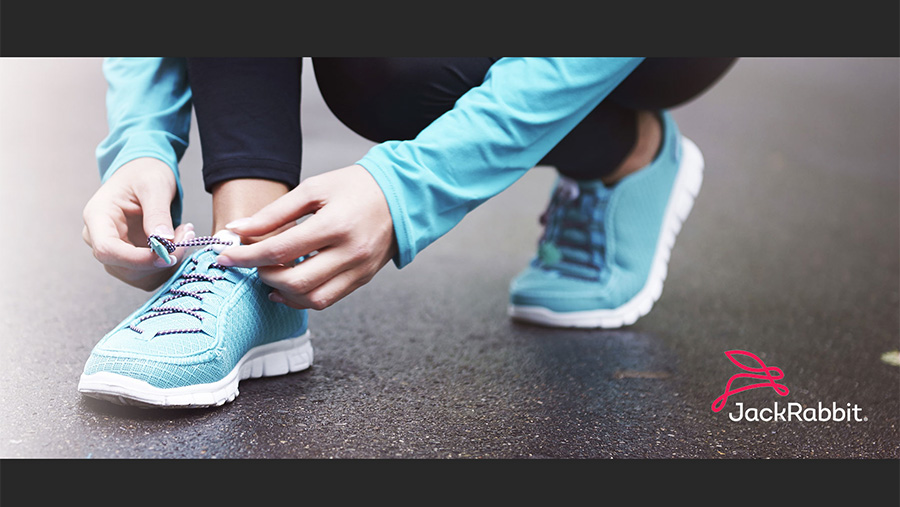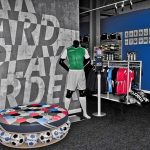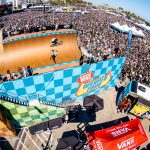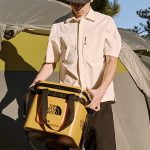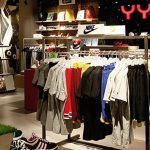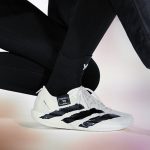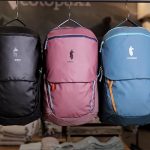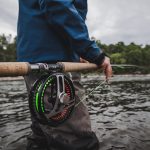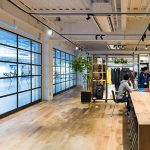On November 5, Fleet Feet announced that it agreed to acquire JackRabbit, marking the biggest acquisition in the franchisor’s 45-year history.
JackRabbit, originally called the Running Specialty Group, was founded in 2011 as a specialty running store consolidation effort by The Finish Line. Starting with the acquisition of the 18-unit The Running Company chain, The Finish Line snapped up local running shops across the country, including Run On!, Blue Mile, Boulder Running Company, and Roncker’s Running Spot, to become the second-largest run specialty chain after Fleet Feet by 2015 with more than 60 locations.
Struggling to bring the specialty-run formula to profitability, The Finish Line unloaded JackRabbit to CriticalPoint Capital, a Los Angeles-based private investment firm, in 2017. Under the continued direction of Bill Kirkendall, JackRabbit orchestrated a turnaround and returned to expansion.
CriticalPoint also further built out its active lifestyle platform with the acquisition of Maine-based Olympia Sports in October 2019 that followed acquisitions in 2018 of clevertraining.com, a triathlon-themed e-commerce website, and surfoutfitter.com. In January 2022, Shoes.com was added. All the banners will remain operating under CriticalPoint.
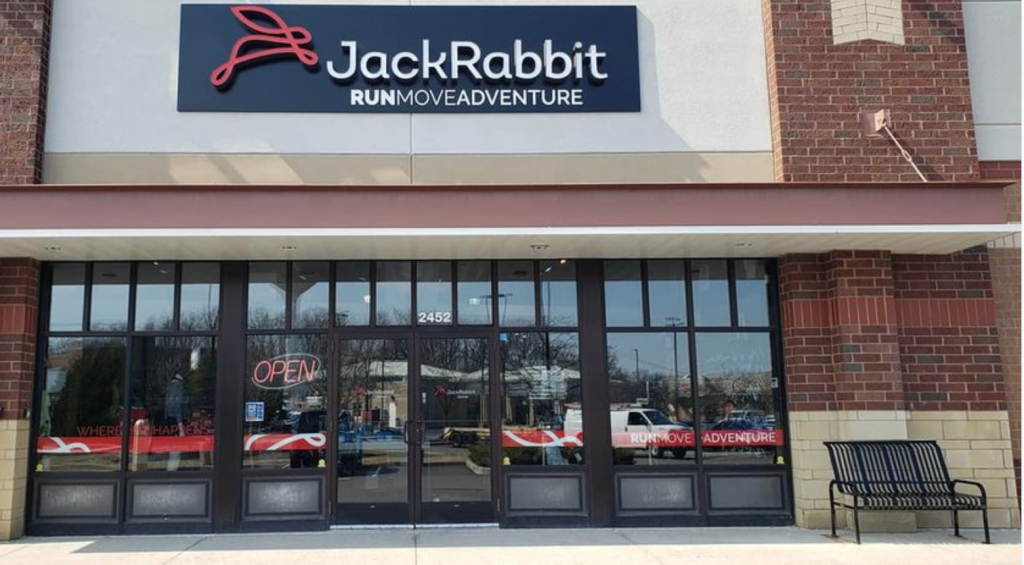
Fleet Feet is acquiring all 57 JackRabbit and JackRabbit-affiliated stores across 15 states and the jackrabbit.com e-commerce business. The deal is expected to close in early December.
The acquisition comes as Fleet Feet, which currently has 191 locations, has picked up its expansion pace lately. Over the past ten months, Fleet Feet has acquired four franchise locations as a part of its succession plan for retiring owners; acquired FITNiche, a Central Florida independent running retailer with three locations; and, opened five new stores with an additional two stores planned to open by the end of the year.
It also comes as Fleet Feet’s business has increased. August was the franchisor’s “all-time highest sales month with system-wide sales up 34 percent year-over-year.” Sales have remained strong throughout the third quarter, with combined brick and mortar sales “up 33 percent and digital sales up more than 32 percent year-over-year.”
Here, Joey Pointer, Fleet Feet’s CEO and president, discusses the reasons behind the acquisition, integration plans and its recent strong performance.
How did the deal come about? Under Bill Kirkendall’s leadership, JackRabbit’s operational and financial performance improved tremendously and helped turn JackRabbit into a brand primed for a long-term strategic partner to take it to the next level. Over the years, Bill and I discussed an acquisition, and it became a shared goal and vision. Given Fleet Feet’s history, our ongoing belief in the power and necessity of locally owned-and-operated running stores and the opportunity to enter into markets where we don’t currently have a presence, Bill and I are extremely excited to see this deal come to life.
Is Fleet Feet corporate planning to run the acquired stores? At the onset of the transaction, they will be company-owned locations. Over time, we will work with existing franchisees where there is location overlap and determine the best long-term strategy for that specific market.
How does the purchase help Fleet Feet? We have an internal saying that guides our decision-making filters and brand strategy, and that is “hyperlocal at scale.” Meaning, Fleet Feet is focused on creating and sustaining genuine grassroots connections and community-centric retail at the local level and then, in turn, at a national level we scale those learnings, initiatives and outcomes more broadly across other markets, which yields better outcomes for the benefit of our brand, customers, employees, operating partners, owners, and vendors. It’s an approach that we’ve proven works over the past 45 years. Now with the addition of the JackRabbit locations, we have the opportunity to bring that same mentality into established markets and help them flourish locally with the resources, expertise and support of a nationally-connected brand that, in turn, bolsters our awareness and demand with more customers and communities across the country.
Is the Fleet Feet franchising model built to handle this many new stores this quickly? We have a 45-year history of franchising and will continue to seek development opportunities with existing and new franchisees. We currently have five new franchisees in the pipeline who will be opening Fleet Feet locations in markets new to the brand. Also, more than a dozen existing franchisees are looking to add new stores within their current markets. As some markets experience growth, we are actively pursuing acquisition opportunities and expansion to support that growth within our legacy markets. With 250 stores at the end of this year, we still believe there is a tremendous runway to develop stores across the United States.
What will be key to a successful integration? The key to Fleet Feet’s success now and always lies in believing in people and creating a culture of professionals who run together to achieve great things. I’m confident that the people we have across a variety of teams—Fleet Feet’s store support team, our local stores and our store employees—will come together with JackRabbit’s corporate and retail teams to create a seamless transition and a long-lasting one. We want to infuse our culture into theirs to bring the same magnetic experience each of our franchisees and operating partners bring to their teams, customers and communities and, I know, we can get there. I joined a call with the JackRabbit team earlier this week and had a chance to talk with store managers and employees. I think there’s real excitement in the air—a real energy—and we can’t wait to get going.
What’s driving the recent robust results? Strong consumer product demand coupled with our investments in our digital strategy, distribution capabilities and retail experience with a strong inclusive community focus has certainly helped drive performance. That said, if I were to pinpoint it to one factor, it’s the continued commitment to service excellence that our stores across the country have exhibited day in and day out. Their relentlessness in maintaining an exceptional in-store experience, adapting to changing safety guidelines, managing through staffing challenges and being there for the customer no matter what will always be the difference-maker, and we see it both in sales, customer satisfaction metrics, and referral business.
What’s your latest assessment of the pandemic’s impact on running participation? I’ve said previously that through our customer base, we’ve found that many avid runners increased their running habits during the pandemic and that we’ve also seen a huge boom in walking. Through further research, we’ve also uncovered that while there are people who are new to running, those people aren’t necessarily new to exercising. They just picked up running as their previous go-to’s at the gym or boutique fitness classes became unavailable during business closures and have stuck with it. All of this continues to bode well for the demand for all things related to running. As marathons have started back up, we’ve seen that desire for people to participate in outdoor races again. While we’re seeing fewer overall participants as we continue to navigate through the pandemic, the excitement to be outside, participating in a race is as strong as ever. 30,000 runners participated in the New York City Marathon this past weekend. Nearly 10,000 runners ran in the L.A. Marathon. Spectators were out cheering friends, family and strangers to keep going, to finish the race. There’s renewed energy around running, walking and being outdoors, and I think that will only continue to grow.

